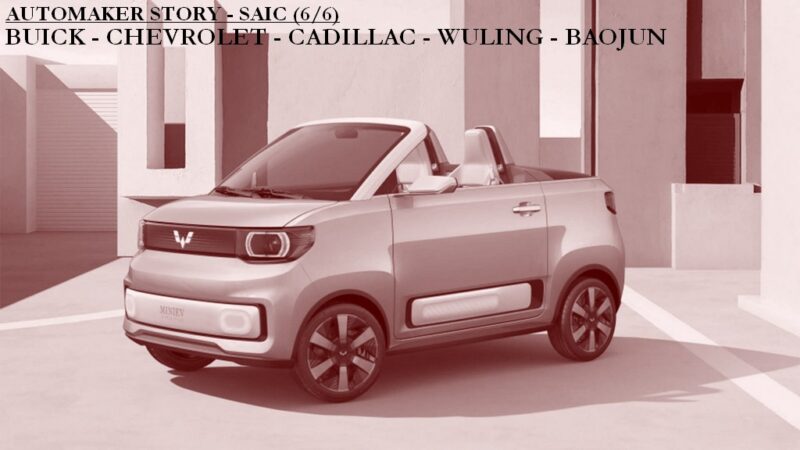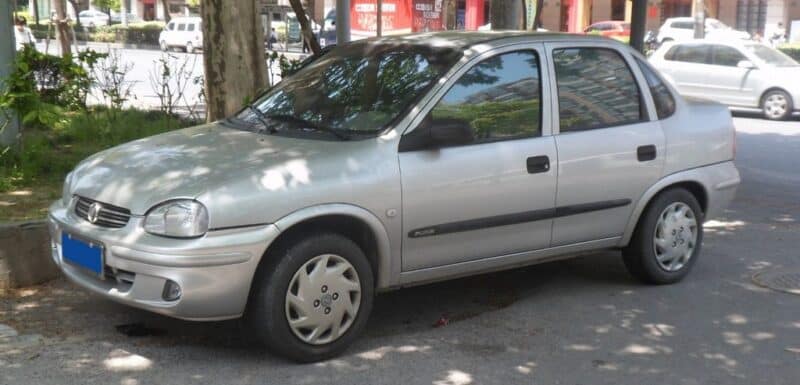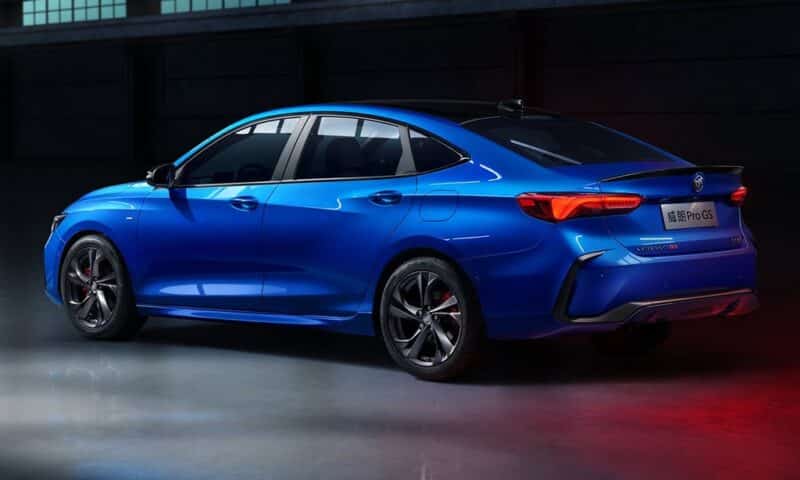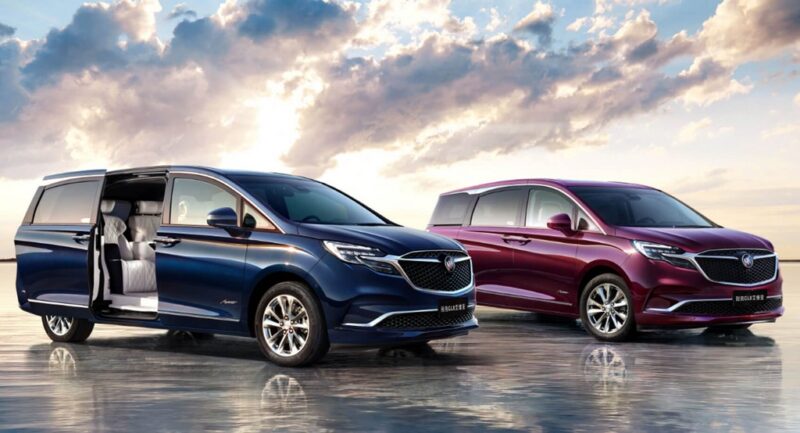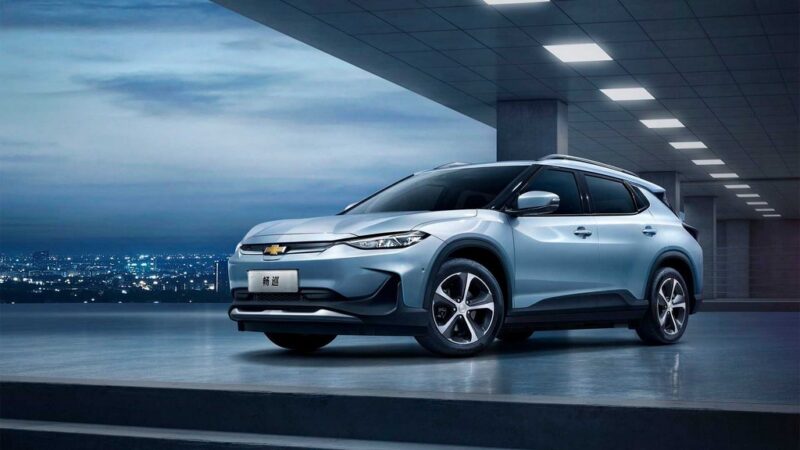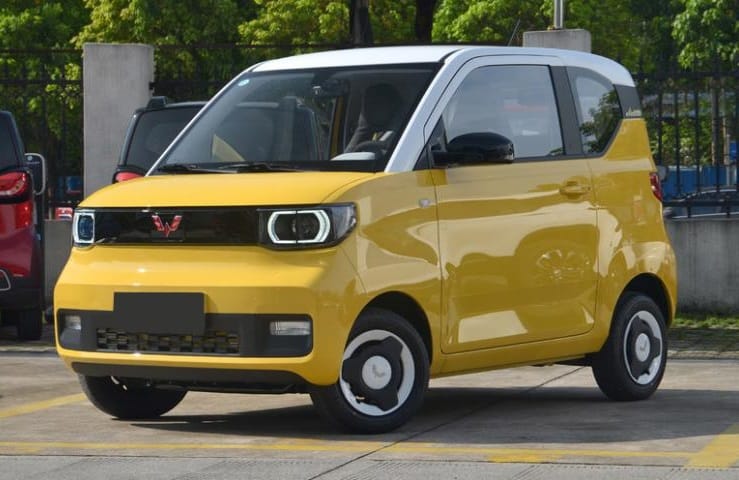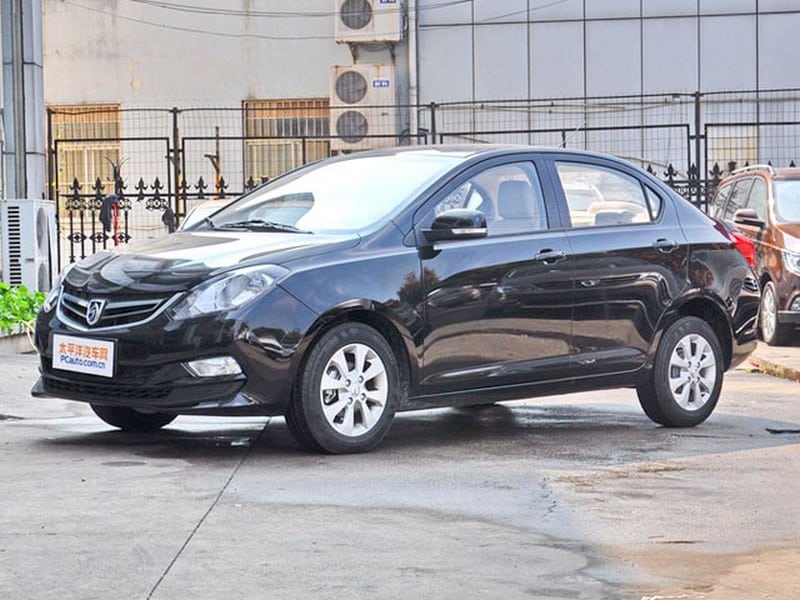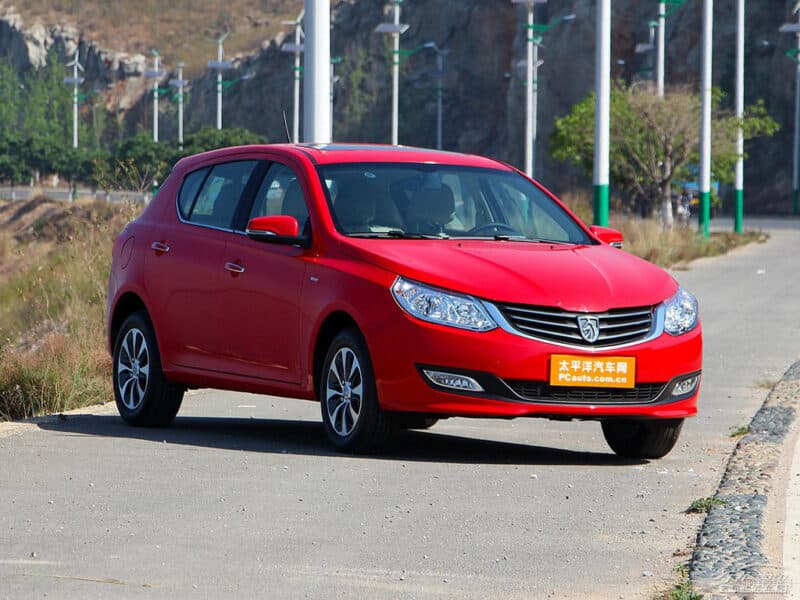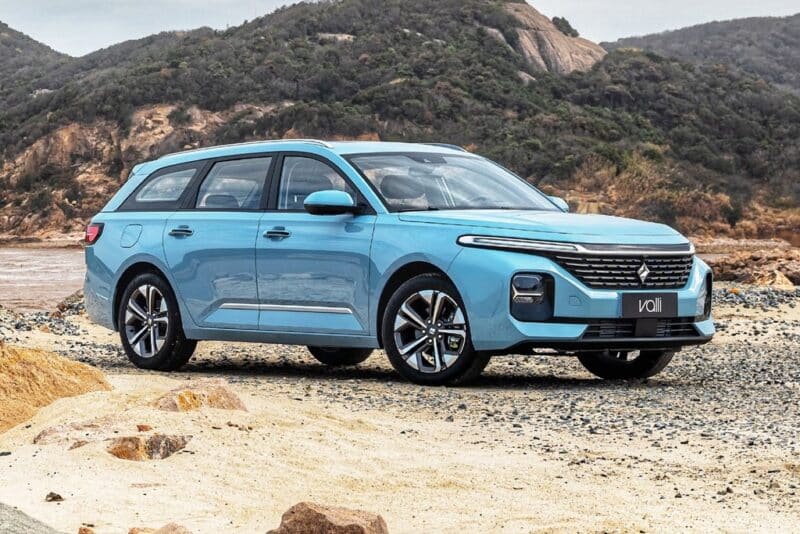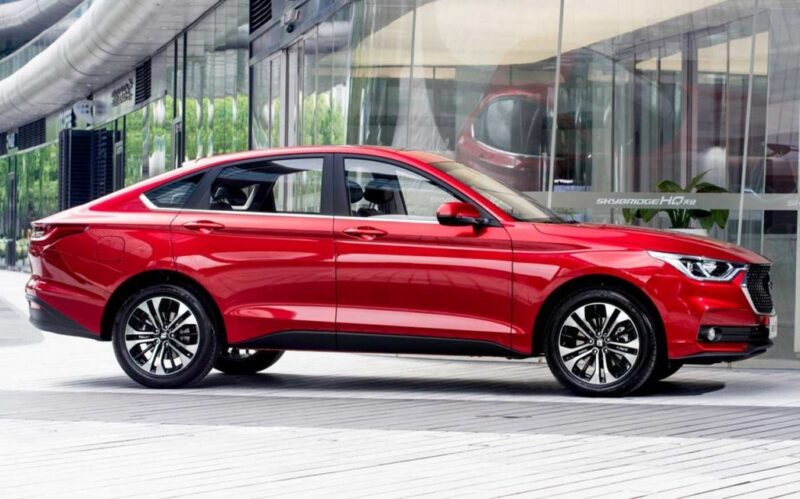The Big Read – SAIC (6/6) – The Chinese-American friendship of SAIC and General Motors
In Europe, SAIC is often regarded as the extension of Volkswagen in China, but the company has actually a much more intimate relationship with its other joint venture partner, General Motors. SAIC and GM don’t have just one joint venture, but a small dozen, and they also work together outside of China. It’s a mutual beneficiary relationship. Without SAIC, Buick would probably have followed Pontiac and Saturn into obscurity, GM would be mostly America-only and SAIC wouldn’t have three successful self-owned brands. The Sino-American love affair will celebrate its 25th anniversary this year. It’s a good reminder for the country’s politicians: working together brings more prosperity than trying to outdo each other in geopolitical mind games.
First contact
The earliest contacts between SAIC and GM date back to the 1980s, when SAIC was looking for a foreign partner for the first time. In those negotiations, GM did not want to go any further than assembling American-made knockdown kits and there is certainly no question of technology transfer. So the Volkswagen got the deal. More than a decade later, GM sees the need to enter the Chinese market as a manufacturer (the American cars are of course already for sale via import) and end up in the arms of SAIC after all.
The big difference with the first talks is that on June 12, 1997, GM and SAIC set up not one, but two joint ventures. The first is of course SAIC-GM, the second bears the name PATAC, or Pan-Asian Technical Automotive Center. PATAC is therefore a joint R&D institute. SAIC and GM will not only make cars together, but also develop and design the technology together.
In 2001, GM and SAIC intensify their relationship when they jointly take over ailing Daewoo Motor in South Korea (Suzuki also participates for a few percent at first, but the Japanese quickly drop out). GM becomes the majority shareholder of Daewoo and immediately gives the company an important status. The traditional American models are of course still being developed in the USA, but smaller cars and models for emerging markets will be the joint responsibility of Daewoo in Korea and Opel in Europe.
With their collaboration off to a flying start, SAIC and GM double down on their collective efforts. They set up a range of new joint ventures:
- SAIC-GM-Wuling (2002) – Joint venture set up to make the Wuling minicars. Now also the maker of the Baojun brand. More on it below.
- Shanghai GM Dongyue Automotive (2003) – Originally established for the manufacturing of Chevrolets and auto parts, this joint venture now produces several brands for SAIC-GM.
- Shanghai GM Dongyue Powertrain (2004) – Makes engines for SAIC-GM and SAIC’s own brands such as Roewe and MG.
- Shanghai GM (Shenyang) Norsom Automotive (2004) – Established in 1999 as a joint venture between GM and Jinbei, part of Brilliance. The idea was to make Blazers and Silverado’s, which only happens on a small scale. In 2004, SAIC acquired the shares of Jinbei and since then the company has acted as a supporting production facility for SAIC-GM.
- In addition, there are joint ventures in sales, lending, leasing and telematics services (such as GM’s OnStar).
SAIC-General Motors Automobile Co., Ltd.
SAIC-GM is set up to introduce the locally-made Buick to the Chinese market. The brand is of course already known from imported models, but the Chinese production proves essential. Undoubtedly, without the Chinese market, we could have added Buick to the list of Oldsmobile, Geo, Saturn and Pontiac. But that doesn’t happen. The start is not entirely smooth, because the typical American Buick Century is not quite what the Chinese were waiting for in 1999. The Buick Sail (Opel Corsa sedan) is already a better choice, but the major successes come from the GL8 (a large MPV, only for China) and the Excelle. The latter, a compact sedan, is made in many variants over time. With the Regal and LaCrosse, Buick is also present in the more expensive segments.
While Buick is targeting the mainstream market, perhaps a little at the higher end of it, Chevrolet is targeting the lower end and younger buyers. SAIC-GM added brand in 2005. A little earlier, in mid-2004, SAIC-GM also entered the premium market with Cadillac. Buick and Cadillac are now selling better in China than in their home country.
During the credit crisis of 2008, GM is in serious trouble and bankruptcy is inevitable. In 2009 the old GM (GM Corporation) is saddled with all debts and the assets are transferred to the new GM (GM Company). This way America’s proudest automaker can make a restart. SAIC also plays a role in this transition. The Chinese are lending the new GM tens of millions of dollars to keep Daewoo afloat. In exchange for the financial support, SAIC receives a 51% majority stake in SAIC-GM. The 50/50 balance is restored in 2012 when SAIC acquires a one percent ownership in the American parent company instead of the extra 1% of SAIC-GM shares.
This turbulent time is creating a new dynamic in the collaboration. The R&D responsibilities of Daewoo, then renamed GM Korea, are being moved step by step to PATAC in Shanghai. Factories in Korea are closed and GM is supplying a larger part of the Asian market from China. If GM also sells Opel in 2017, GM Korea’s role is largely over. The development of compact and cheaper models is done entirely by PATAC. GM even sells some cars developed in China in its home market, although they are still manufactured in North America.
Both Buick and Chevrolet now have a very extensive line-up with models in all major segments. Perhaps surprisingly, Buick is by far the most successful commercially, selling three times as much as Chevrolet. Cadillac is of course only present in the larger premium segments. The three brands together make GM the fourth automaker in China (about 1.5 million cars sold in 2020), behind Volkswagen, Honda and Toyota. If you also include the sales of Wuling and Baojun associated with GM, they are even number two.
SAIC-GM is therefore very important for ‘The General’, but vice versa it is almost the same story. SAIC first built its own brands Roewe and MG on the remains of MG Rover, but now the technology comes from PATAC. For example, the Roewe i5 and MG 5 are technically closely related to the Buick Verano and Chevrolet Cruze. Given the commercial success, it seems obvious that the cooperation will only be strengthened.
SAIC GM Wuling Co., Ltd.
I already wrote an Automaker Story about Wuling, describing its history in making agricultural equipment, airplanes and combustion engines prior to a take-over by SAIC Motor. In this chapter, I pick up where I left off. For the record, we start in 2002 when SAIC, GM and Wuling form a joint venture (SGMW) with the aim to further develop the Wuling brand, which mainly produces minibuses.
Wuling immediately introduces a new minivan in 2002 under the name Zhiguang (translation: “Sunshine”). This car was designed in-house in record time. The Zhiguang has some early teething problems, but these are quickly resolved and the brand continues its strong position in the segment. In addition to the Zhiguang, the Mitsubishi-based Xingwang is also produced until 2009. Then it is replaced by the larger Rongguang.
The Zhiguang has a typical Chinese life span. A second generation of the model launches in 2011, but the original version also remains in production. That second-generation model disappears again in 2016, while the first generation is refreshed and adapted to the latest environmental standards and stays available to this day.
One of the reasons Wuling started the joint venture with SAIC and GM is the ambition to manufacture and sell passenger cars as well. In 2003, that dream partly came true. SGMW moves into passenger car production, but not with the Wuling brand. The model that comes off the assembly line is sold as Chevrolet Spark (known elsewhere in the world as Daewoo Matiz).
It will take until 2010 before the first real Wuling passenger car sees the light of day. SGMW christens this medium-sized MPV Wuling Hongguang and, fueled by commercial success, a large number of variants soon follow. After a facelift in 2013, the basic version is called Hongguang S, but there is also a Hongguang S1 (slightly larger export version, which is also sold for some time in China itself), a Hongguang S3 (SUV version) and a Hongguang V (slightly more rectangular-shaped model with sliding instead of swinging doors at the rear). Moreover, in 2018 the second generation appears as Hongguang as S and V. And in good Chinese tradition, different versions and generations sell alongside each other.
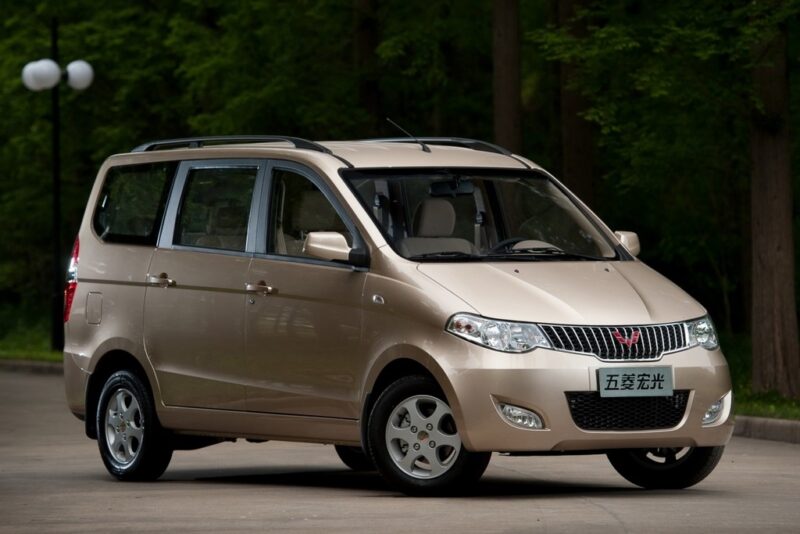
Wuling Hongguang 
Wuling Hongguang (mk.2) 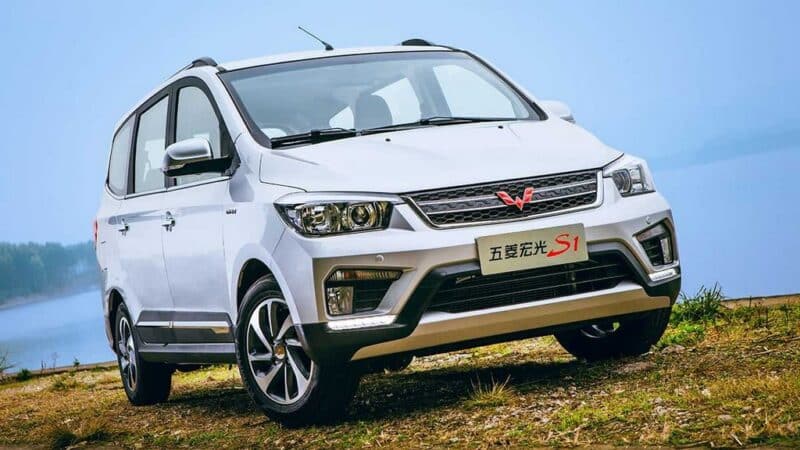
Wuling Hongguang S1 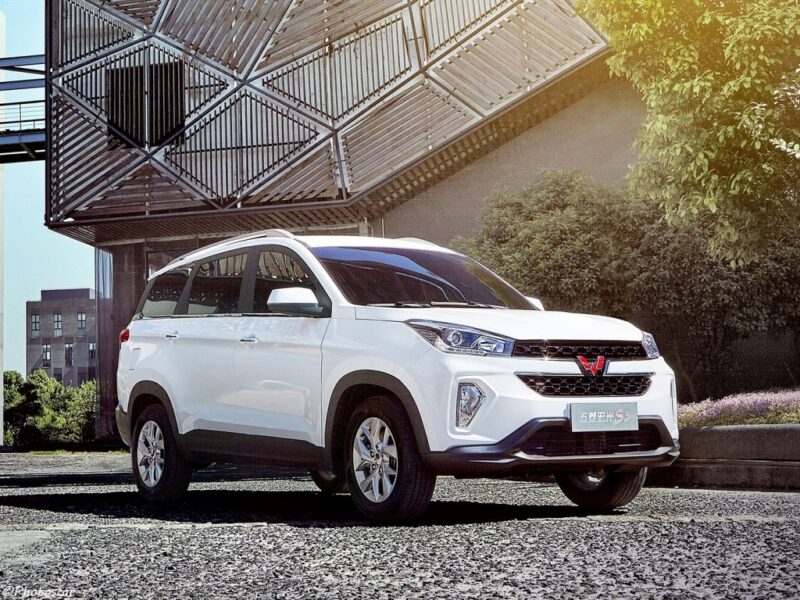
Wuling Hongguang S3 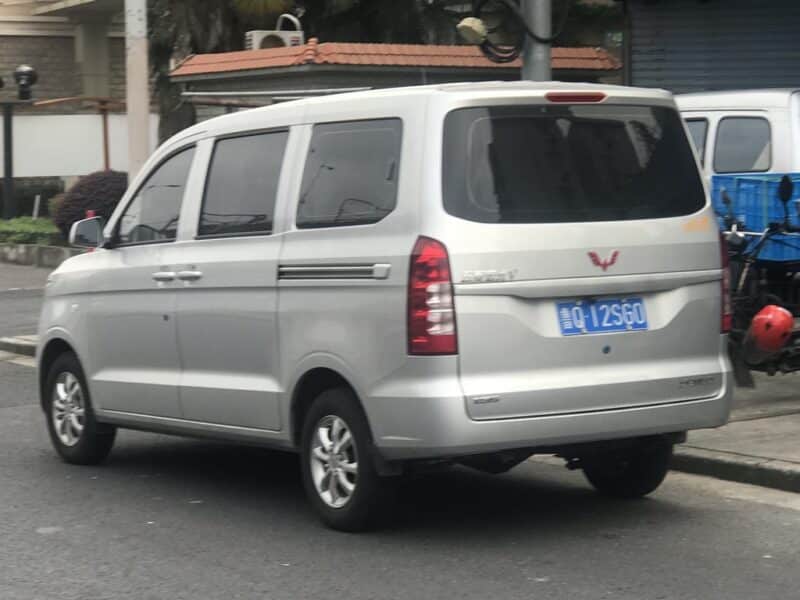
Wuling Rongguang V 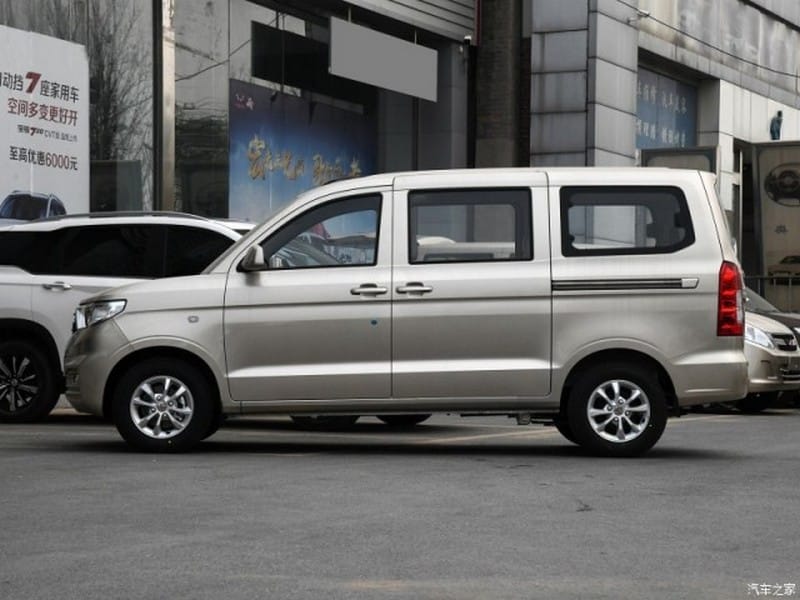
Wuling Hongguang V (mk.2) 
Wuling Hongguang Plus
The Hongguang is technically a simple design. The rather bland unibody stands on simple struts at the front, with a rigid axle and leaf springs at the rear. The engine is a 1.5-liter with about 100 hp, the 5-speed manual transmission transfers the power to the rear wheels. The interior is a collection of hard plastics and the seats are arranged in the Chinese 2+2+3 arrangement. That means two separate seats in the middle row and a three-seater bench at the very back. The price of Hongguang is unimaginably low by Western standards and the quality seems to be alright.
And so Wuling makes China’s Beetle or 2CV: a people’s car that provides mobility for the common citizen. Since its release, the Hongguang has sold nearly five million copies and has been the best-seller in the Chinese market for many years. You will not easily encounter the Hongguang in the lists of classic people cars like the Beetle, Ford Model T, Fiats 500 or Mini, but it does belong in it. Even today, the Honnguang is good for several 100,000 units a year, despite the basic technology.
The name Hongguang is so strong that Wuling also uses it when it brings an absurdly cheap four-seat mini-EV on the market in 2020. This car is known as Hongguang Mini EV and is now the best-selling EV in China. Within 18 months of production over half a million units were sold, which once again underlines Wuling’s name as a mobility provider for people with a small budget.
However, the history of SGMW takes an important turn when the joint venture starts a second brand alongside Wuling in 2012: Baojun. Where Wuling’s MPV is still very close to light commercial vehicles, Baojun has to make genuine, affordable passenger cars. And where Wuling is mainly associated with SAIC, Baojun is above all part of GM’s strategy. As said, Daewoo became GM Korea and (together with Opel in Germany) was responsible for the development of smaller and cheaper models. Baojun is the brand promoting GM Korea’s cars in China.
In the first half of the 2010s, Baojun introduces a complete range of cars in the compact and sub-compact segment as well as a large MPV. All these cars are equipped with modern GM technology with front-wheel drive and a new platform. Baojun focuses emphatically on the budget segment and manages to achieve considerable commercial success, although this does not apply to every model. For example, the 330 (a sub-compact sedan) from 2015 is an extremely obscure car even by Chinese standards, with about 125 copies sold.
However, GM’s close ties to SAIC are gradually shifting its global strategy. More and more activities are moving from GM Korea to PATAC in Shanghai, and when Opel is sold in 2017, the development role in Korea is almost over. PATAC now leads many of GM’s overseas operations. The R&D center develops the technology for SGMW, various Chevrolets and Buicks from SAIC-GM and for SAIC’s own brands Roewe, MG and Maxus.
In 2019, SGMW makes a major change of strategy for Baojun to strengthen its brand position. Under the nomenclature “New Baojun” follows a whole line of products based on an entirely new PATAC platform. The biggest difference, however, is the introduction of the “Interstellar Geometry” design language (yes, they do hip marketing language in China too), which makes the previously rather generic Baojuns look a lot more modern. The market response was hesitant at first and has stayed lukewarm ever since. Fortunately for SGMW, Wuling’s expanding range of affordable cars makes up for the sharp drop in Baojun sales.
Since its inception, SGMW is not limited to China alone. Within SAIC it is the main exporter of cars and also has a production facility in Indonesia. The main export markets are in Southeast Asia, but cars are also shipped to South America and CKD kits to Africa. With this export, it is easy to lose the overview. For example, the Baojun 530 is sold in parts of Asia as Wuling Almaz, but in India it is called MG Hector and there is also an extended version for sale, which is not on the market in China. In South America, the same car goes through life as Chevrolet Captiva. And a Baojun 630 sedan, which has been retired in China for years, is still supplied as Chevrolet Optra via CKD kits and assembly in Egypt to several countries in the Middle East and Africa.
Finally something about the company SGMW. It is commonly referred to as a joint venture, but as SAIC owns 50.1% of the shares, it is actually a subsidiary of the Chinese. GM holds 44%, after a partial buyout of Wuling in 2010, leaving 5.9% for the company’s ancestor. SGMW is a good example of the international interdependence of the automotive industry. For SAIC it is a precursor to international expansion, for GM a source of affordable models in developing markets and for Wuling a reliable stream of royalty income.
Closing observations
So this was the story of China’s number one car manufacturer in six long episodes. Shanghai Automobile transferred from making buses and a single mid-sized sedan into one of the country’s leading industrial conglomerates. Its main revenue comes from the international joint ventures, but SAIC also has a strong position with its self-owned brands, has a major components group, and plays a role in commercial vehicles.
SAIC also looks well set to become the first Chinese car company to gain a global presence. It already serves several emerging markets, both with its own brands and the SGMW brands. The next battleground is going to be Europe, where SAIC is trying to (re-)establish MG as a genuine mainstream brand. The badge may help. If SAIC succeeds, it will be seen as a true victory and the company may become less reliant on its joint venture partners. That said, the synergy between SAIC and General Motors seems to be working really well. Both are strong in their respective home markets and nicely complement each other’s line-up in other parts of the world. When political tensions between the USA and China will finally diminish, it’s probably not such a weird expectation to see further integration of the two automotive giants.
Read more Automakers Stories
Every week we publish one exiting article about history of famous Chinese Automakers. Check the ones you haven’t read yet.




